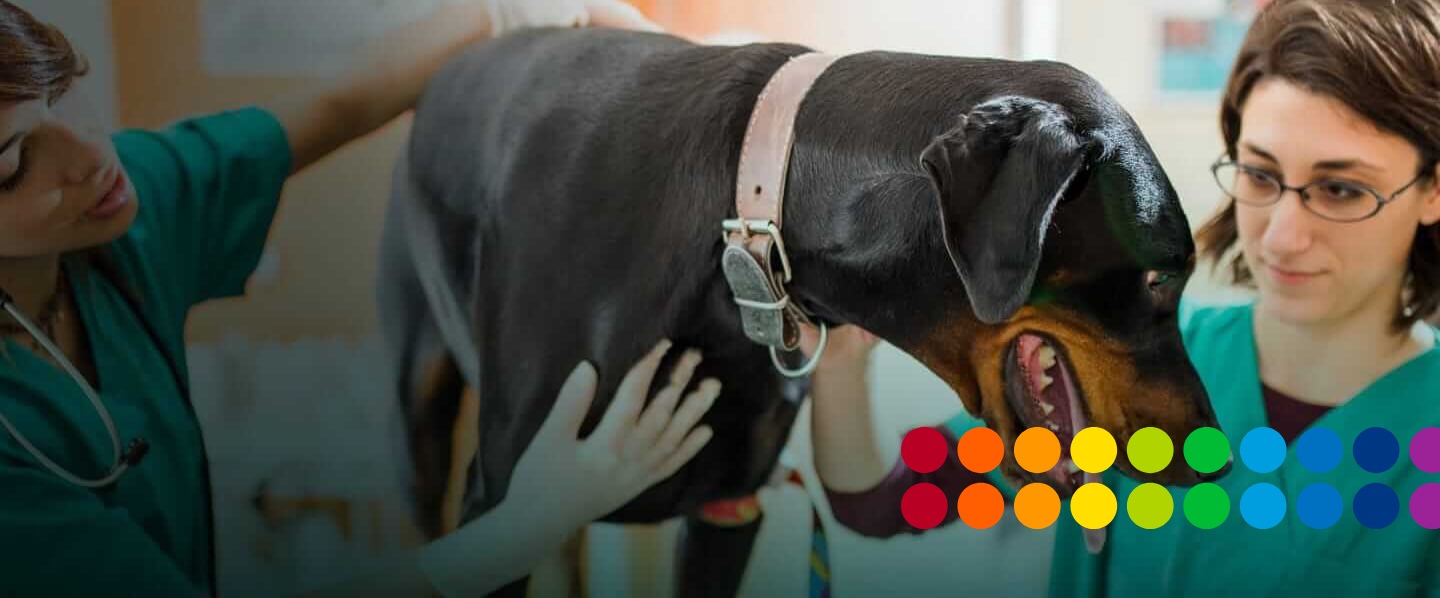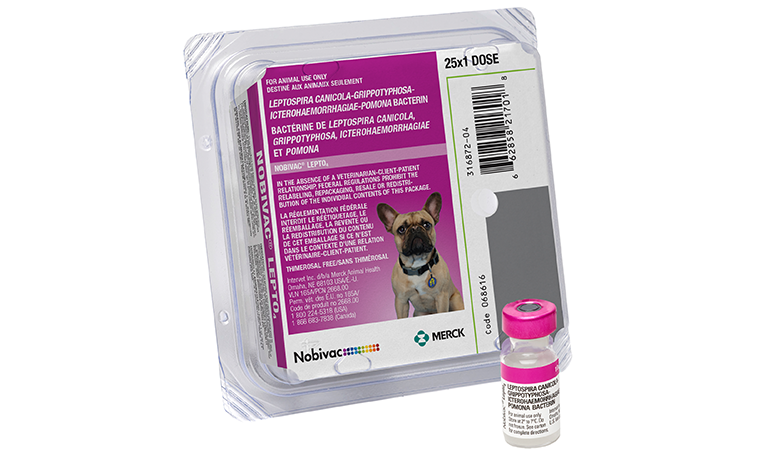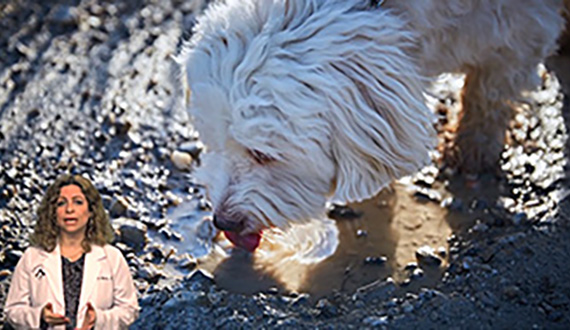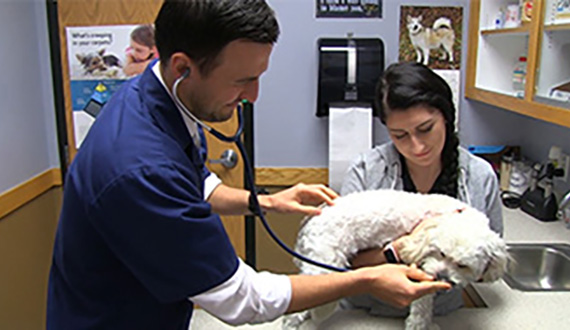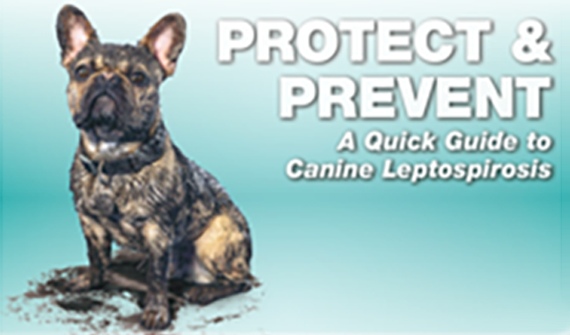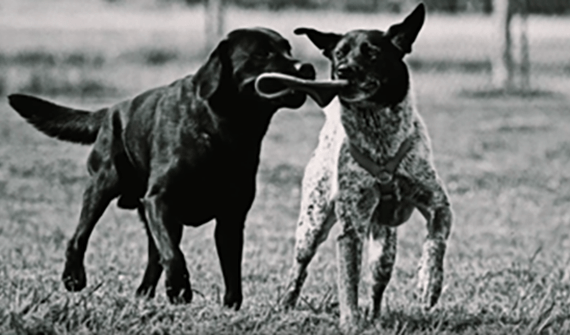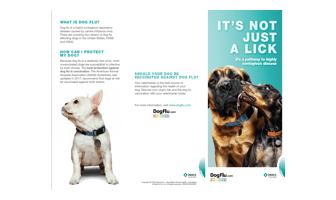Prevention of Leptospiremia and Leptospiruria Following Vaccination With a DAPPv + 4-way Leptospira Combination Vaccine
Rhonda L. LaFleur, Jennifer C. Dant, Anna L. Tubbs, Huchappa Jayappa, David Sutton, Ian Tarpey
Background: Leptospirosis, characterized by high fever, anorexia, vomiting, abdominal pain, diarrhea, myalgia, polyuria/polydipsia, jaundice, epistaxis, hematuria, and/or reproductive failure, continues to cause considerable morbidity among infected canines. Direct transmission of Leptospira spp. occurs when dogs come into contact with infected urine or ingest infected tissue. After dogs become infected, the spirochetes circulate in the blood for several days1,3 where they cause extensive damage to the endothelium of small blood vessels (leptospiremia). After the leptospiremic phase, the spirochetes can further colonize various organs, including the kidneys, where dogs can become a carrier and potentially shed organisms in the urine for months (leptospiruria). Leptospira interrogans serovars Canicola and Icterohaemorrhagiae are traditional causative agents of canine leptospirosis, and while the use of bacterins have decreased the prevalence of the disease, significant morbidity can still be attributed to infection with these serovars.
Aim of the Work: In this study, we combined inactivated L interrogans serovars Canicola, Pomona, and Icterohaemorrhagiae and L kirschneri serovar Grippotyphosa with Nobivac® Canine 1-DAPPv (Animal Health at Merck & Co., Inc., Kenilworth, NJ USA), a commercially available vaccine that contains modified live canine distemper virus, adenovirus, parainfluenza virus, and parvovirus. We then vaccinated dogs with the combination product and evaluated the ability of the vaccination to prevent leptospiremia and leptospiruria following challenge with viable organisms of each serovar.
Read More about this study here




